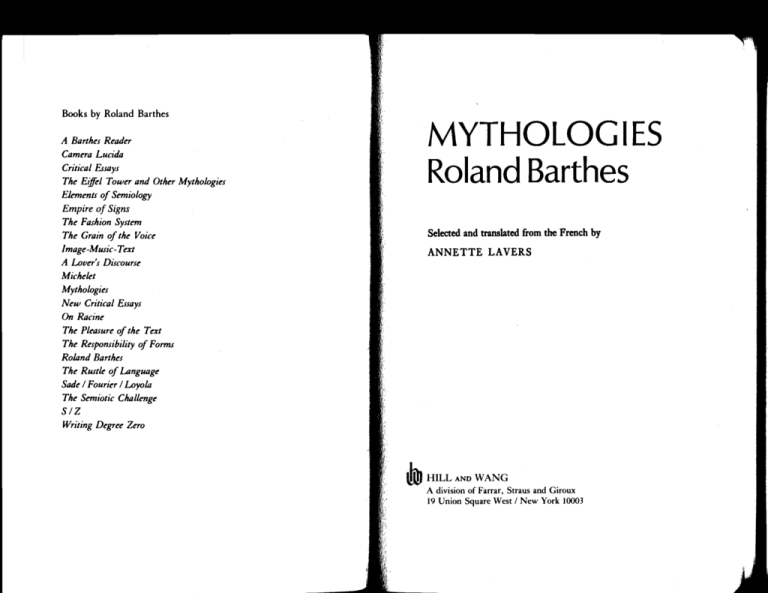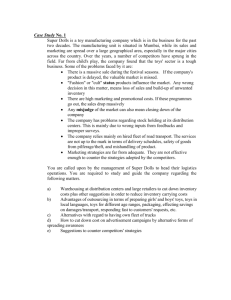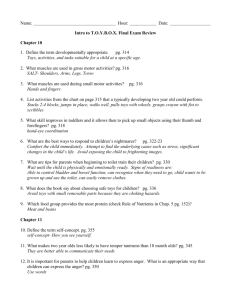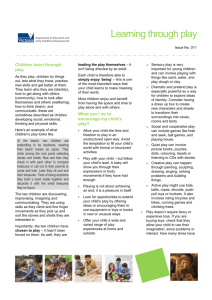
Books by Roland Barthes
A Barthes Reader
Camera Lucida
Critical Essays
The Eiffd Tower and Other Mythologies
EJemrots of Semiology
MYTHOLOGIES
Roland Barthes
Empire of Signs
The Fashion System
The Grain of the Voiu
Image-Music- Text
A Lover's Discourse
Michelet
Mythologies
New Critical Essays
On Racine
The Pleasure of the Text
The Responsibility of Forms
Roland Barthes
The Rustle of Language
Sade / Fourier / Loyola
The Semiotic Challroge
S/Z
Writing Degree Zero
Selected and translated from the French by ANNE TTE LAVERS lIID HILL
AND
WANG
A division of Farrar, Straus and Giroux 19 Union Square West / New York 10003 Hill and Wang A division of Farrar, Straus and Giroux 19 Union Square West, New York 10003 Translation copyright © 1972 by Jonathan Cape Ltd.
All rights reserved
Distributed in Canada by Douglas & McIntyre Ltd.
Printed in the United States of America
Originally published in 1957 by Editions du
Seuil, Paris, as Mythologies
Published in 1972 in the United States by Hill and Wang
Library of Congress catalog card number: 75-185427 Paperback ISBN: 0-374-52150-6 Of the essays reproduced in this book, "The World of
Wrestling" first appeared in Esprit, "The Writer on
Holiday" in France-Obseroateur, and the remainder
in Les Lettres Nouvelles.
45
44
43
42
41 Contents
7
TRANSLATOR'S NOTE
PREFACE TO THE
1970
PREFACE -TO THE
1957
EDITION
9
EDITION
II MYTHOLOGIES The World of Wrestling
The Romans in Films
The Writer on Holiday
The 'Blue Blood' Cruise
Blind and Dumb Criticism
Soap-powders and Detergents
The Poor and the Proletariat
Operation Margarine
Dominici, or the Triumph of Literature
The Iconography of the Abbe Pierre
Novels and Children
Toys
The Face of Garbo
Wine and Milk
Steak and Chips
The Nautilus and the Drunken Boat
The Brain of Einstein
The Jet-man
The Blue Guide
Ornamental Cookery
Neither-Nor Criticism
Striptease
The New Citroen
Photography and Electoral Appeal
The Lost Continent
Plastic
IS 26 29 32 34 36 39 41 43 47 So 53 56 58 62 65 68 71 74 78 81 84 88 91 94 97 MYTHOLOGIES
shall aU be very proud of it; but don't forget on the other
hand to produce children, for that is your destiny. A Jesuitic
morality: adapt the moral rule of your condition, but never
compromise about the dogma on which it rests.
Toys French toys: one could not find a better illustration of the fact
that the adult Frenchman sees the child as another self. All the
toys one commonly sees are essentially a microcosm of the adult
world; they are all reduced copies of human objects, as if in the
eyes of the public the child was, all told, nothing but a smaller
man, a homunculus to whom must be supplied objects of his own
size.
Invented forms are very rare: a few sets of blocks, which
appeal to the spirit of do-it-yourself, are the only ones which
offer dynamic forms. As for the others, French toys always mean
something, and this something is always entirely socialized,
constituted by the myths or the techniques of modern adult
life: the Army, Broadcasting, the Post Office, Medicine (minia­
ture instrument-cases, operating theatres for dolls), School,
Hair-Styling (driers for permanent-waving), the Air Force
(Parachutists), Transport (trains, Citroens, Vedettes, Vespas,
petrol-stations), Science (Martian toys).
The fact that French toys literally prefigure the world of adult
functions obviously cannot but prepare the child to accept them
all, by constituting for him, even before he can think about it, the
alibi of a Nature which has at all times created soldiers, postmen
and Vespas. Toys here reveal the list of all the things the adult
does not find unusual: war, bureaucracy, ugliness, Martians, etc.
It is not so much, in fact, the imitation which is the sign of an
abdication, as its literalness: French toys are like a Jivaro head,
in which one recognizes, shrunken to the size of an apple, the
wrinkles and hair of an adult. There exist, for instance, dolls
which urinate; they have an oesophagus, one gives them a bottle,
they wet their nappies; soon, no doubt, milk will tum to water in
their stomachs. This is meant to prepare the little girl for the
causality of house-keeping, to 'condition' her to her future role
as mother. However, faced with this world of faithful and
52
S3
-' MYTHOLOGIES
complicated objects, the child can only identify himself as owner,
as user, never as creator; he does not invent the world, he uses
it: there are, prepared for him, actions without adventure, without
wonder, without joy. He is turned into a little stay-at-home
householder who does not even have to invent the mainsprings of
adult causality; they are supplied to him ready-made: he has
only to help himself, he is never allowed to discover anything
from start to finish. The merest set of blocks, provided it is not
too refined, implies a very different learning of the world: then,
the child does not in any way create meaningful objects, it matters
little to him whether they have an adult name; the actions he
performs are not those of a user but those of a demiurge. He
creates forms which walk, which roll, he creates life, not property :
objects now act by themselves, they are no longer an inert and
complicated material in the palm of his hand. But such toys are
rather rare: French toys are usually based on imitation, they are
meant to produce children who are users, not creators.
The bourgeois status of toys can be recognized not only in their
forms, which are all functional, but also in their substances.
Current toys are made of a graceless material, the product of
chemistry, not of nature. Many are now moulded from com­
plicated mixtures; the plastic material of which they are made
bas an appearance at once gross and hygienic, it destroys all the
pleasure, the sweetness, the humanity of touch. A sign which
fills one with consternation is the gradual disappearance of
wood, in spite of its being an ideal material because of its firm­
ness and its softness, and the natural warmth of its touch.
Wood removes, from all the forms which it supports, the
wounding quality of angles which are too sharp, the chemical
coldness of metal. When the child handles it and knocks it, it
neither vibrates nor grates, it has a sound at once muffled and
sharp. It is a familiar and poetic substance, which does not sever
the child from close contact with the tree, the table, the floor.
Wood does not wound or break down; it does not shatter, it wears
out, it can last a long time, live with the child, alter little by little
the relations between the object and the hand. If it dies, it is in
dwindling, not in swelling out like those mechanical toys which
S4
TOYS
disappear behind the hernia of a broken spring. Wood makes
essential objects, objects for all time. Yet there hardly remain any
of these wooden toys from the Vosges, these fretwork farms with
their animals, which were only possible, it is true, in the days of
the craftsman. Henceforth, toys are chemical in substance and
colour; their very material introduces one to a coenaesthesis of
use, not pleasure. These toys die in fact very quickly, and once
dead, they have no posthumous life for the child.
SS









